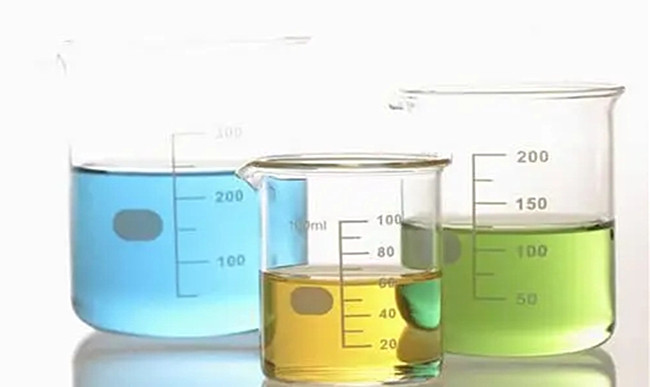Jul 30, 2024
The crude oil extracted from primary and secondary oil recovery is mostly W/O emulsion, and the stabilizing agents for this type of emulsion are cyclic acids, asphaltene acids, and some oil wet solid particles (such as microcrystalline wax, asphaltene particles, etc.) in the crude oil. The O/W emulsion extracted from tertiary oil recovery (especially alkaline flooding, surfactant flooding, etc.) is stabilized by water-soluble surfactants or water wet solid particles (such as clay particles). Due to the water content and increased volume of emulsified crude oil, the load on pumps, storage tanks, and pipelines increases, and it also exacerbates corrosion and scaling on the inner surface of metal pipelines. Therefore, before export it is necessary to demulsify and dehydrate the crude oil.
The methods of demulsification include electrical, thermal, and chemical methods, but in practical processes, several methods are often used in combination.The basic principle of demulsification of crude oil emulsions is as follows:
(1) The demulsifier replaces the emulsifier at the droplet interface of the emulsion, forming a membrane with poor structural strength, greatly reducing the stability of the emulsion.
(2) Choose a surfactant with an HLB value opposite to that of the crude oil emulsifier as the demulsifier, such as a W/O emulsifier with an HLB value of 3-6. The HLB value of the selected demulsifier should be 12-16. Through their different emulsifying effects, the emulsion is demulsified.
The main uses of emulsifiers include Dodecyl trimethyl ammonium chloride, Tetradecyl trimethyl ammonium chloride, Didecyl dimethyl ammonium chloride, and most quaternary ammonium salts, which are all the strong products of Ahsuperchem. They can be used to break down stable O/W emulsions formed by anionic surfactants such as hydrophilic carboxylate salts, sulfonates, sulfates, and wet clay. The electrostatic neutralization effect of cationic surfactants on the surface of oil droplets is the basis for their emulsion breaking. After neutralization, the electrostatic repulsion between oil droplets decreases, while the collision and coalescence probability between oil droplets increases, which deteriorates the stability of the emulsion and achieves the purpose of emulsion breaking and oil-water separation. Polycationic polymer surfactants not only have electrostatic neutralization effect on oil droplets during the demulsification process, but also have a certain coagulation effect, thereby improving the oil removal efficiency. Quaternary ammonium salt cationic surfactants with lower relative molecular weight have excellent demulsification performance.











